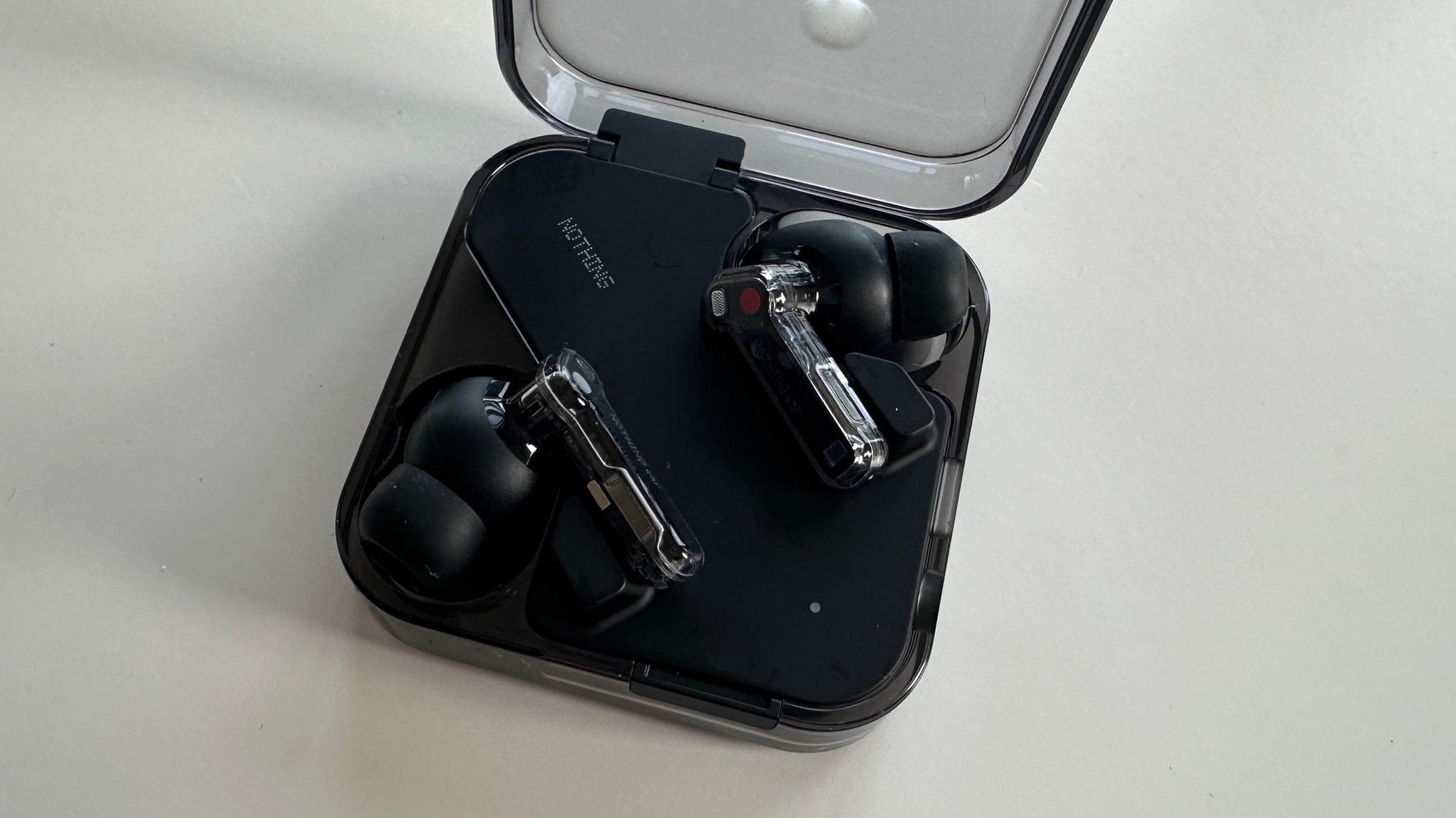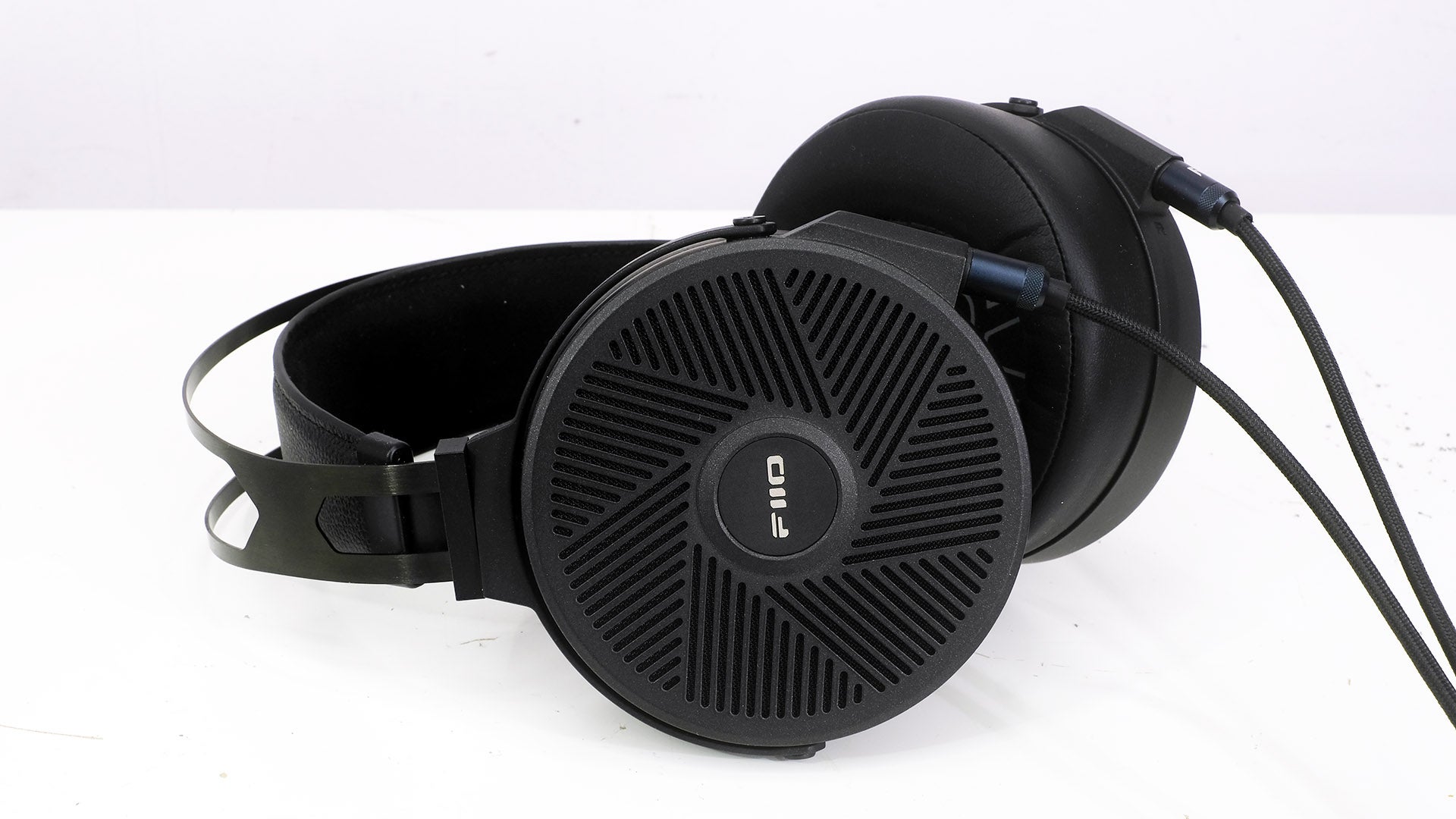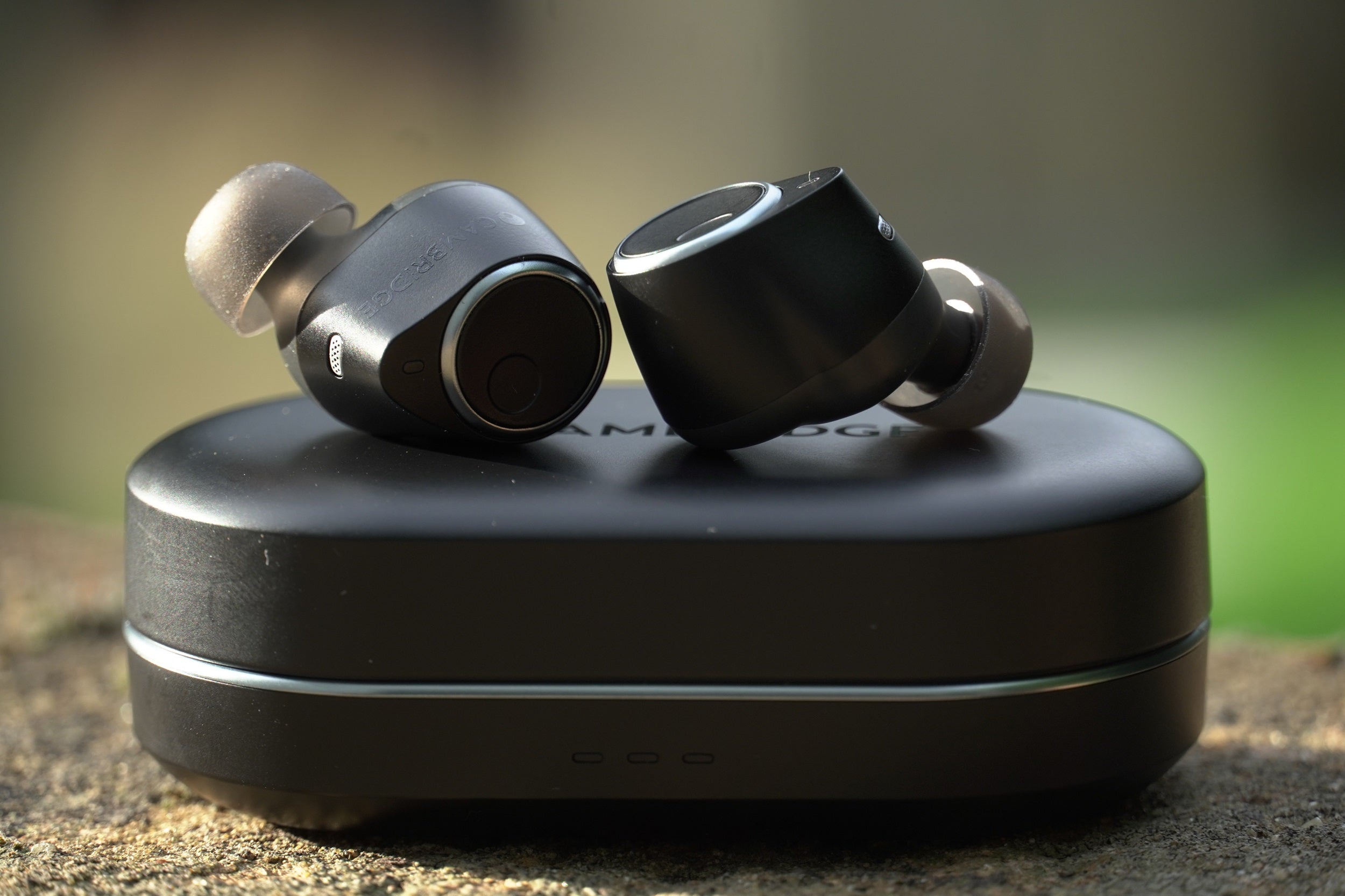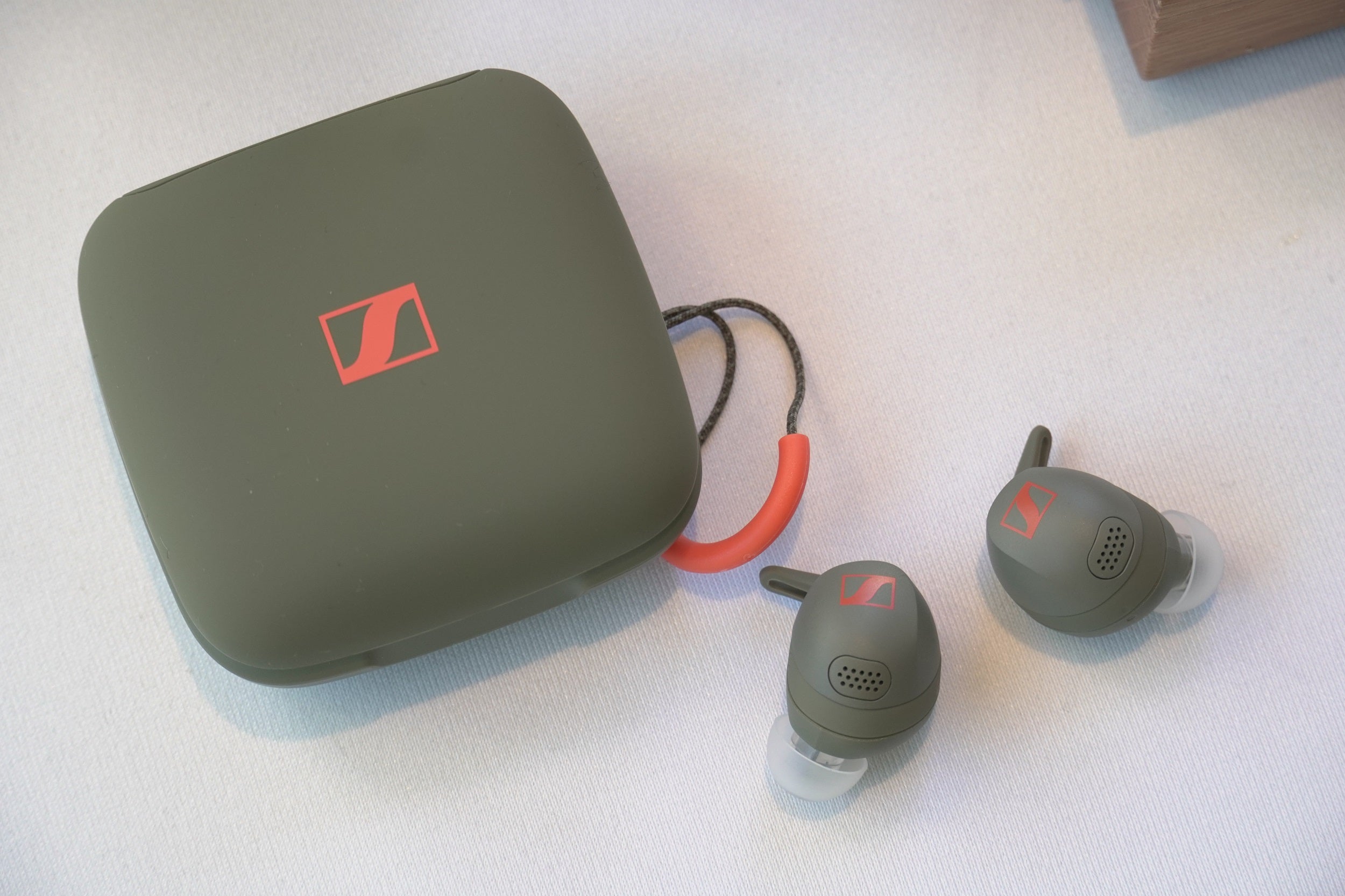Philips Fidelio X3 Review
The flagship wired headphones in Philips' Fidelio audio range
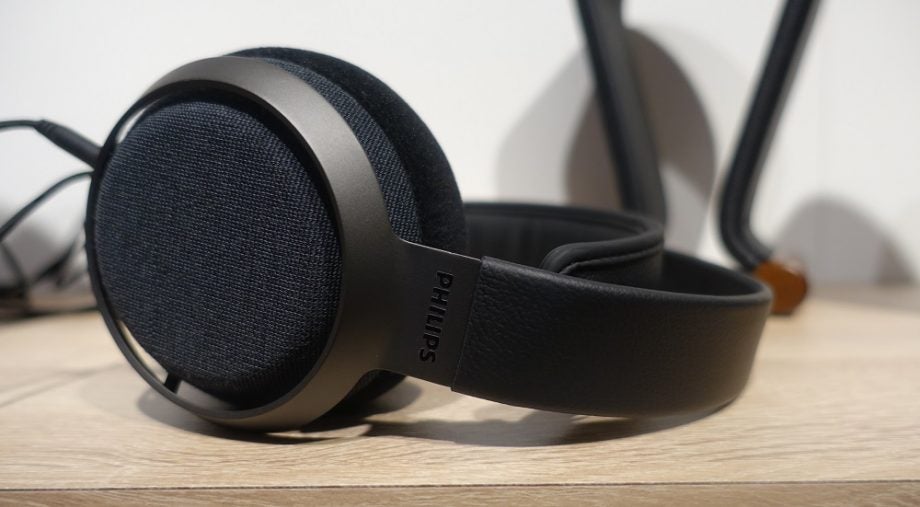

Verdict
There are products of very selective appeal, and then there’s the Philips Fidelio X3. But anyone after a pair of luxurious and hugely accomplished open-backed headphones for personal indoor use, at a very aggressive price, should give the Fidelio X3 long and thorough consideration.
Pros
- Lovely expansive sound with hi-res audio
- Tactile, comfortable and good-looking (in a massive sort of way)
- Excellent value for money
Cons
- Quite sniffy about lower-quality audio
- Leak sound unapologetically
- Quite big
Availability
- UKRRP: £299
- USARRP: $349
- EuropeRRP: €349.99
- Canadaunavailable
- Australiaunavailable
Key Features
- European designMuirhead and Kvadrat materials
- Cable lengthChoice of 2.5mm or 3.5mm cable
- Frequency rangeClaimed frequency response to 5Hz
Introduction
Philips has breathed new life into its ‘Fidelio’ audio sub-brand, and these X3 headphones are a wired, open-backed part of it.
And just because you haven’t considered headphones like this, that doesn’t mean they couldn’t be ideal for your needs…
Design
- Relatively tactile, luxurious materials
- Choice of (lengthy) cables
- Ample proportions
As befits an open-backed headphone that’s intended to be used in splendid isolation, the Fidelio X3 are seemingly designed to be as comfortable as is realistically possible. There’s no need to make these headphones especially portable, and consequently they’re almost a caricature of a pair of headphones. Big ones, at that.

The circular earcups are big. The two-tier headband is big. The pair of cables in the box – both earcups have a wired connection, and the cables terminate in either 2.5mm balanced or 3.5mm unbalanced jacks – are each a big 3 metres long. You want discretion? Philips can’t help you.
‘Big’ is far from the same as ‘unpleasant’, though. The overwrought headband arrangement is covered by sustainable Scottish leather from Muirhead, and the outer part of each earcup is finished with Kvadrat fabric. The earpads themselves are of pleasantly pliant memory foam, covered in soft velvety material which somehow manages to resist absorbing ear-heat for quite a while.
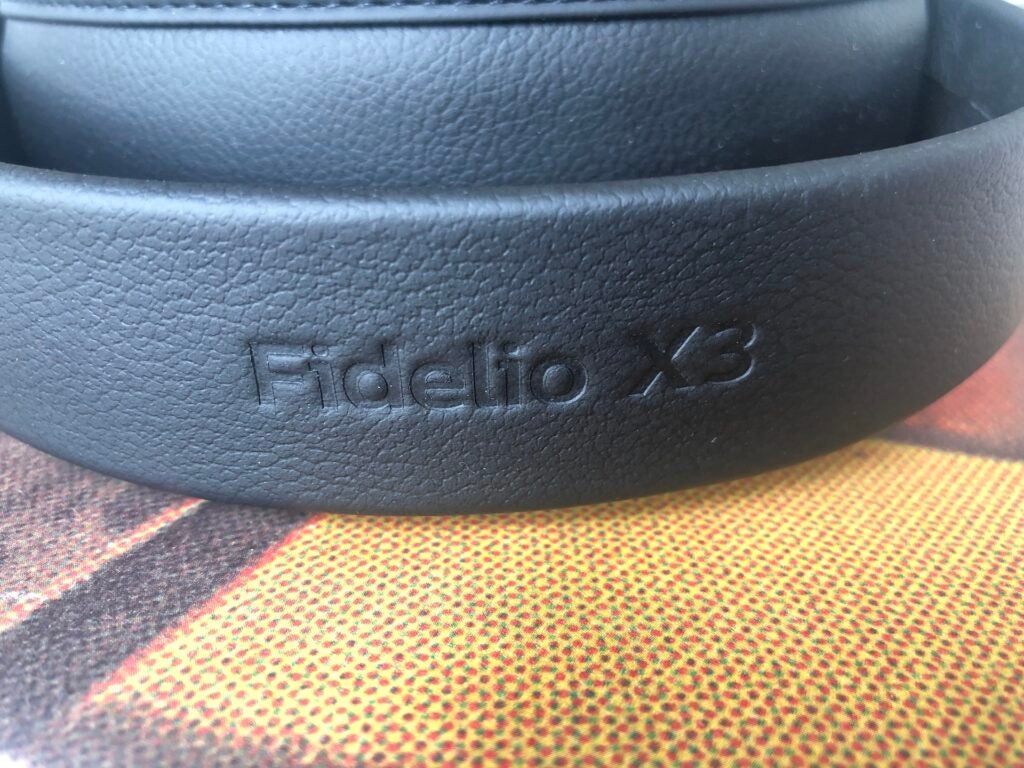
Build quality is equally impressive. There’s next-to-no articulation in the frame, of course, as the X3 aren’t a portable product – but the little degree of movement that’s available in the earcups and the headband is achieved smoothly, without any creaks or groans. The Fidelio X3 both look and feel every penny of the asking price (even if that’s the nominal £299 you really shouldn’t be paying) – and let’s face it, in the sheer quantity (and quality) of materials, they represent good value for money.
Features
- 50mm full-range drivers
- umm…
- …that’s about it
Let’s face it, wired headphones don’t tend to be loaded with features – ‘purity of purpose’ is how the charitable might well describe the Fidelio X3 when talking about the feature-set.
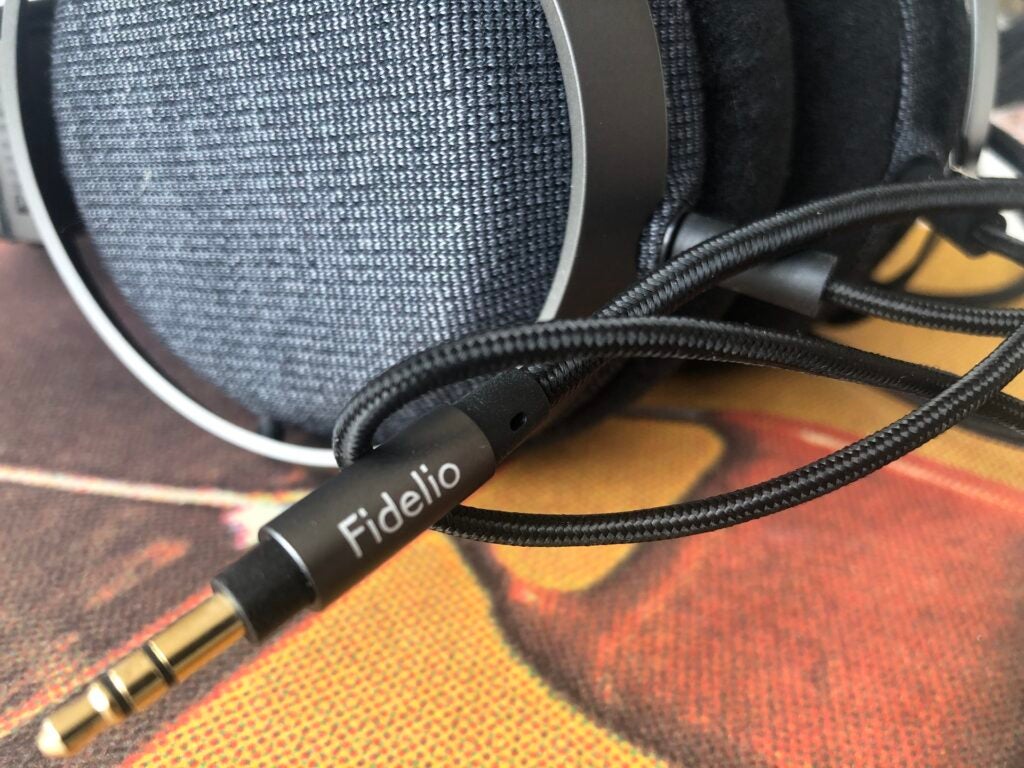
The Philips are fitted with two large (50mm) full-range dynamic drivers. They’re a three-layer design, with damping gel sandwiched between two polymer layers – this arrangement is intended to minimise resonance and properly manage the break-up mode of the driver.
It’s a driver that’s thicker and stiffer than the equivalent that was fitted to the old Fidelio X2 headphones, and it has a paper-and-felt barrier behind it – the idea here is to limit both internal resonances and the amount of ambient sound entering the earcups.
Sound quality
- Big, organised and detailed sound
- Good expression of rhythms and dynamic
- No fans of overly compressed audio files
You’re considering a pair of open-backed headphones because you’re interested in doing some solitary, indoor listening. Is it reasonable to expect you’ll serve them audio of the best quality? Philips certainly seems to think this a reasonable assumption – because the Fidelio X3 undoubtedly do by far their best work when given the best stuff to work with. If you pay top dollar to the likes of Qobuz or TIDAL, these headphones will thank you for it.
The theoretical advantages of the open-backed configuration are apparent in practice when listening to the X3. They describe a (relatively speaking) huge soundstage, and can fix every element of even the most complex arrangements firmly in place. Separation and focus is first-rate too, and it’s not at the expense of integration – recordings are delivered as a convincing and unified whole.

Philips is claiming bottom-end extension of 5Hz, which proves just as fanciful in practice as it does when written down. The bass the X3 generates is detailed and textured explicitly, and it’s very pleasingly controlled – but it doesn’t hit as hard as it might. The rapidity and organisation of low-end sounds helps the X3 sound energetic, though, and they express rhythms well.
Everything that happens above here is just as controlled and a fair bit more assertive. The top end avoids stridency, but it’s attacking and bright nevertheless – and demonstrates just as much harmonic and dynamic variation as the bottom end. And in the midrange the Philips are alive to even the finest and most transient details, and can give full expression to a singer. Once through a TIDAL Masters file of Lucky Ball and Chain by They Might Be Giants allows the Fidelio X3 to make their case in fairly uncompromising fashion.

Dropping down a notch or two in terms of audio quality reveals the Philips to be relatively intolerant, mind you. Spotify’s free tier will let you listen to a file of Warmduscher’s Standing on the Corner but will make their dissatisfaction at your penny-pinching ways obvious. Organisation falls away, details levels too, and the rhythmic discipline takes a turn for the worse too. No, the X3 are in no way unlistenable when dealing with poverty-spec stuff like this, but they are considerably less enjoyable and admirable when they’re doing so.
Latest deals
Should you buy it?
You admire one job done well There’s not much here, but what there is works beautifully
You’re not paying top dollar for your streaming service The X3 will make you feel like a cheapskate
Final Thoughts
If you’re after technological niceties like wireless operation or noise-cancellation, they Fidelio X3 are not for you. Neither will they suit you if you want to use them in any and all circumstances. But if you want to do proper justice to your hi-res audio streaming subscription, they could well be just the ticket.
How we test
We test every headphones we review thoroughly over an extended period of time. We use industry standard tests to compare features properly. We’ll always tell you what we find. We never, ever, accept money to review a product.
Find out more about how we test in our ethics policy.
Tested for a week
Tested with a range of sources
FAQs
When they first went on sale the Fidelio X3 retailed at £299 in the UK, but in 2022 you can now purchase them for less than £199
No, these headphones are wired only and come with a 3.5mm termination (along with 6.3mm adapter).
Full specs
Jargon buster
Hi-Res Audio
Hi-Res audio is referred to as a standard as well as a marketing term that describes digital audio files of better-than-CD quality (16-bit/44.1kHz).


